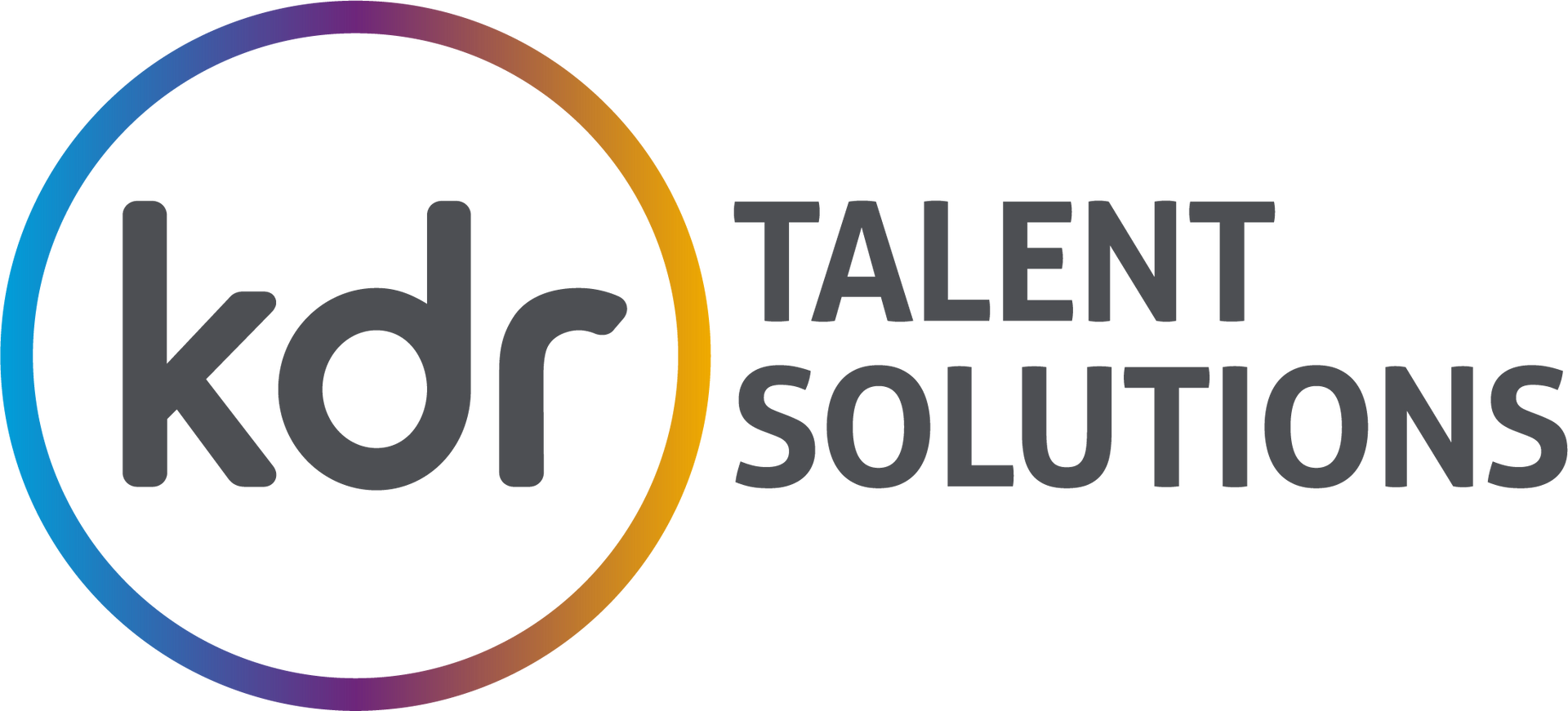Hiring Strategies for 2023
Taken from our annual survey of community members and the State of Data and State of Technology Reports, the following trends will help you to formulate your hiring strategy during 2023.
The current market dictates that candidates have more choice around which roles they want When there is more choice, the perception from the hiring side can be that there is a candidate-short market. However, this is not necessarily the case.
Our experience is that there is an abundance of people with the right skill sets for client roles. The issue is instead around engagement. Because people are being contacted, sometimes multiple times a day, about new roles, they are not engaging at the levels they once did.
What can hiring clients do to mitigate this? Now, more than ever it is important to get your employee proposition right. Candidates are looking for remote and hybrid work environments primarily. Benchmark your salaries to ensure they are competitive – speak to your recruitment partner who will be able to help with this. Benefits packages have gone through some interesting iterations over the last couple of years as businesses seek to be the most attractive, however from our research and speaking to hundreds of candidates over the last year, it’s always the basics that matter most: the right salary, the right working environment and flex, bonus levels, pension scheme contributions. Get these nailed first and then focus on providing strong reasons to choose your business over another: Consider team dynamics, management styles, purpose of the business and role, career progression, wellbeing programmes, but perhaps most importantly focus heavily on the hiring and onboarding process. We would always help a client evaluate their processes because we have seen first-hand how the good, the bad and the ugly affect success rates. Provide a good experience during the hiring stage with frequent open communication between all the stakeholders and cement this in with a robust onboarding experience with clear signposting, training if needed, support, communication and check-ins and you are more likely to attract and retain the people you work so hard to hire.
What else should you be focusing on?
Hire for Skills and Experience not Academic achievements.
The trend for skills-based hiring is thankfully increasing with Forbes reporting a 63% increase in companies hiring in this way compared to previous years. This strategy gets a thumbs up from us as it not only addresses the needs of the team but help create a more diverse team. Not everyone wants to, or can go on to, higher education, and real-world learning is just as valid as theory-based learning in a classroom. Experienced candidates without university degrees are finally getting the opportunities they deserve.
Keep hiring processes short and timely:
When we polled our community of data and tech professionals most of them preferred a 2-stage process. Where this is not possible, making sure communication lines are open is important to ensure the candidate remains engaged in the process. Timely feedback and communication between interview stages helps. Data from a 2016 career builder study showed that 83% of respondents said that their experience would be greatly improved if the hiring process and length was clearly communicated from the beginning whilst 52% said they were greatly frustrated by the lack of communication during the process.
Salary Benchmarking:
Across the board salaries have increased. Where there used to be London weighting, candidates can work from any location with the occasional visit to the office, which has opened up data and tech hubs around the country. Most noticeably growth areas such as Glasgow, Manchester and Leeds are helping to close the salary gap across the North/South divide. We saw huge hikes across some functions in 2022 with companies wanting to retain existing staff and attract new ones. Where companies were unable to compete on salary, the best were able to compete on culture and L&D opportunities. Conducting a thorough salary benchmarking exercise will help you understand which camp you are in and whether you need to look at benefits, culture or progression opportunities as alternative attraction points.
Workforce Planning:
Companies who follow workforce planning principals are more likely to be able to anticipate and plan for change, making them more agile than any competitors that don’t. Knowing what talent you require before the point of need and ensuring the plans meet business objectives makes complete sense, however most companies only address recruitment at the point of need. Tackling data and analytics recruitment in this transactional way costs a business, time, money and competitive market positioning not to mention delivery schedules. For success in 2023, workforce planning should be on your agenda.






